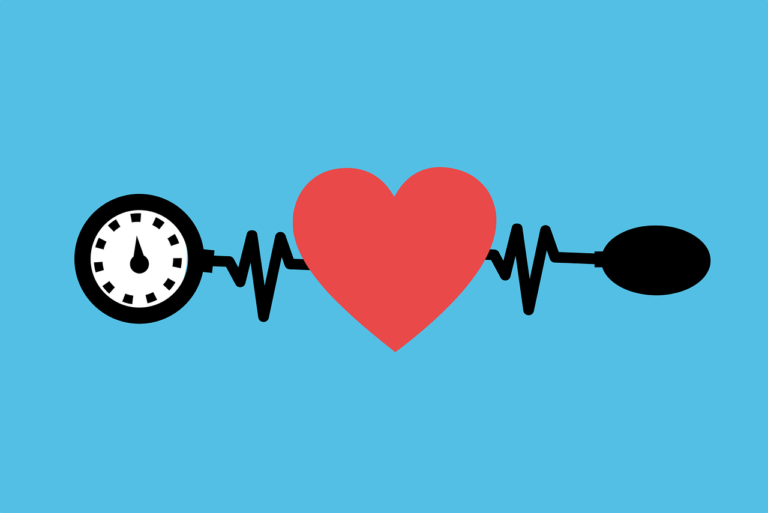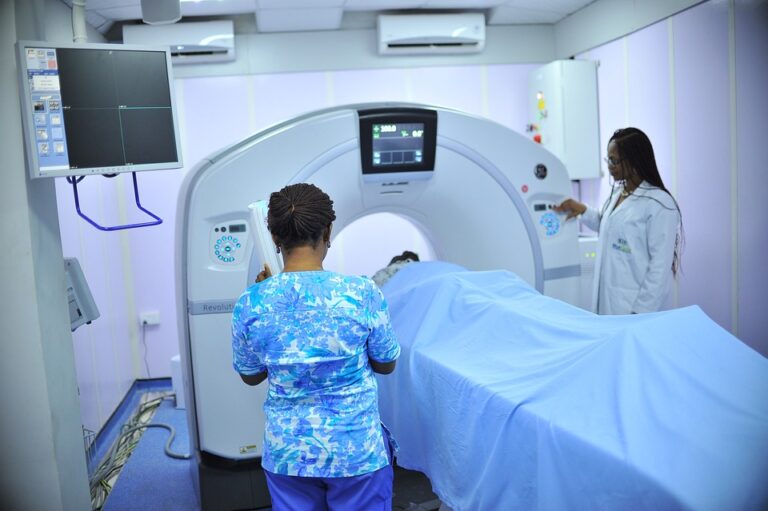Book Appointment Now

How to Cite Clinical Guidelines and Protocols in Nursing Papers
Citing clinical guidelines and protocols is a critical skill for nursing students and professionals, especially when writing research papers, essays, or case studies. Correctly referencing these sources not only strengthens the credibility of your work but also ensures you’re adhering to evidence-based practice. This article will explain how to cite clinical guidelines and protocols in nursing papers, focusing on proper APA formatting and common mistakes to avoid.
Why Citing Clinical Guidelines Is Important
Clinical guidelines are systematically developed recommendations that help healthcare professionals make informed decisions about patient care. Nursing protocols, on the other hand, are specific procedures or practices that guide nursing interventions in clinical settings. These guidelines and protocols are based on the best available evidence and are essential for maintaining high standards in nursing practice.
Citing them properly in your nursing papers is important because:
- It ensures academic integrity by giving credit to the original sources.
- It supports your arguments with authoritative evidence from trusted healthcare organizations.
- It shows professionalism and attention to detail, which is crucial in nursing.
Whether you are writing a research paper or clinical reflection, understanding how to cite these resources correctly is a fundamental aspect of scholarly writing.
Looking for citing writing help with your nursing paper?
Help With Nursing Paper
How to Cite Clinical Guidelines in APA Style
APA (American Psychological Association) style is the most widely used format in nursing research and education. Here’s a step-by-step guide on how to cite clinical guidelines in APA format:
1. Citing Clinical Guidelines from Online Sources
Many clinical guidelines are available online, either from professional organizations or government agencies. Here’s the general format for citing online clinical guidelines:
Basic Format:
- Authoring Organization. (Year). Title of the guideline. URL
Example:
- American Diabetes Association. (2021). Standards of medical care in diabetes—2021. https://doi.org/10.2337/dc21-S001
In-Text Citation:
- (American Diabetes Association, 2021)
Explanation: The citation includes the name of the organization that created the guideline, the year of publication, the title in italics, and the direct link to the source. If a DOI (Digital Object Identifier) is available, use it instead of a URL.
2. Citing Clinical Guidelines from Print Publications
If you are citing clinical guidelines or protocols that are available in print format, follow this basic structure:
Basic Format:
- Authoring Organization. (Year). Title of the guideline. Publisher.
Example:
- World Health Organization. (2018). Guidelines on physical activity for health. World Health Organization.
In-Text Citation:
- (World Health Organization, 2018)
Explanation: In this format, you’ll replace the URL with the name of the publisher (usually the same as the authoring organization), and ensure you italicize the guideline title.
3. Citing Sections of Clinical Guidelines
When referring to a specific section within a guideline, you can add more detail to your citation to guide readers to the relevant part.
Basic Format:
- Authoring Organization. (Year). Title of the guideline (Section Name or Number). URL
Example:
- Centers for Disease Control and Prevention. (2022). Infection prevention and control recommendations for healthcare personnel (Section 3). https://www.cdc.gov/infectioncontrol/guidelines.html
In-Text Citation:
- (Centers for Disease Control and Prevention, 2022)
Explanation: Including the specific section name or number helps readers locate the precise part of the guideline you are referencing, which is useful when citing complex protocols.
4. Citing Nursing Protocols
Nursing protocols are often found in clinical handbooks or as part of a hospital’s standard operating procedures. If you are citing a protocol from a handbook or a similar resource, the format follows the same rules as for books or reports.
Basic Format:
- Author(s). (Year). Title of protocol. In Title of handbook (pp. x–x). Publisher.
Example:
- Smith, J. (2019). Wound care management protocol. In Nursing protocols for emergency care (pp. 45–60). Healthcare Press.
In-Text Citation:
- (Smith, 2019)
Explanation: This format is used when the protocol is written by an individual author within a larger handbook. If the protocol is widely used across multiple hospitals and available through internal documentation, you may need to consult your instructor or institution’s guidelines for proper citation.
Common Mistakes to Avoid When Citing Clinical Guidelines
Even though citing clinical guidelines may seem straightforward, there are common pitfalls that nursing students should avoid:
1. Not Including the Full URL or DOI
When citing online sources, always include the full, accessible URL or DOI. A common mistake is leaving out this essential part of the citation, which can make it difficult for your reader to verify the information.
Incorrect:
Centers for Disease Control and Prevention. (2022). Infection prevention and control recommendations for healthcare personnel.
Correct:
Centers for Disease Control and Prevention. (2022). Infection prevention and control recommendations for healthcare personnel. https://www.cdc.gov/infectioncontrol/guidelines.html
2. Using Incorrect Formatting for In-Text Citations
Make sure to format in-text citations according to APA guidelines. A common mistake is not including the organization or authoring body in the citation, or using the wrong format for multiple authors.
Incorrect:
(CDC, 2022)
Correct:
(Centers for Disease Control and Prevention, 2022)
3. Forgetting to Include the Date of the Guideline
The date of the guideline is crucial because clinical recommendations are regularly updated. Always include the most current date of publication to ensure your references are accurate and up-to-date.
Incorrect:
World Health Organization. Guidelines on physical activity for health. World Health Organization.
Correct:
World Health Organization. (2018). Guidelines on physical activity for health. World Health Organization.
4. Mixing APA and Other Citation Styles
Be consistent with your citation style throughout your nursing paper. A common error is mixing APA with other styles like MLA or Chicago, which can lead to confusion. Stick with APA formatting rules for both in-text citations and references.
Properly citing clinical guidelines and protocols in nursing papers is a vital part of academic and professional writing. By understanding how to cite clinical guidelines in nursing papers using APA style, you ensure that your work is credible, accurate, and aligned with evidence-based practice. Following the correct format for online guidelines, print publications, specific sections, and nursing protocols will not only improve the quality of your papers but also enhance your ability to communicate effectively in the nursing field.
To avoid common mistakes, always double-check your formatting, ensure URLs or DOIs are included, and keep up with the most current version of APA guidelines. By mastering these citation techniques, you’ll be well-prepared to succeed in both your nursing education and future practice.







